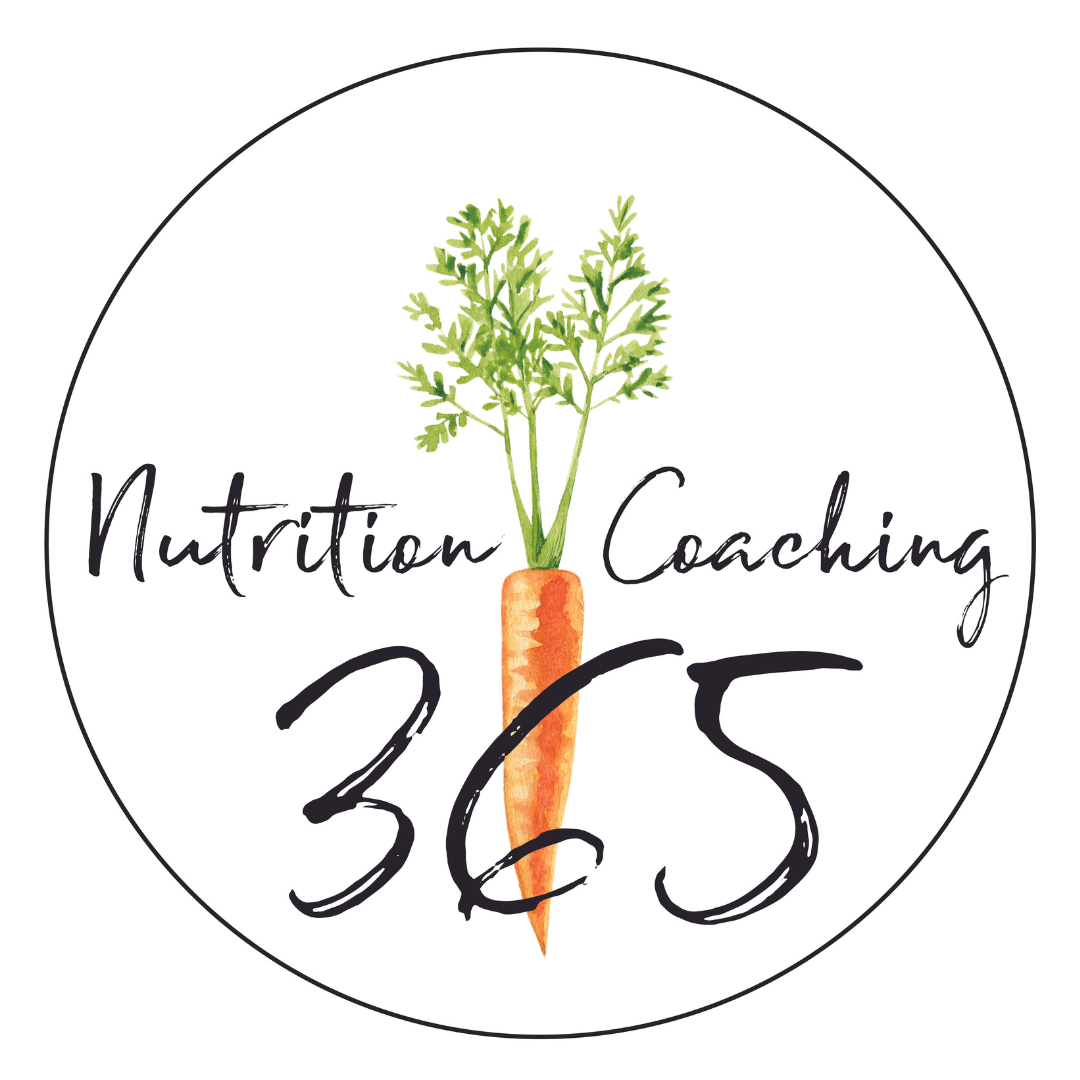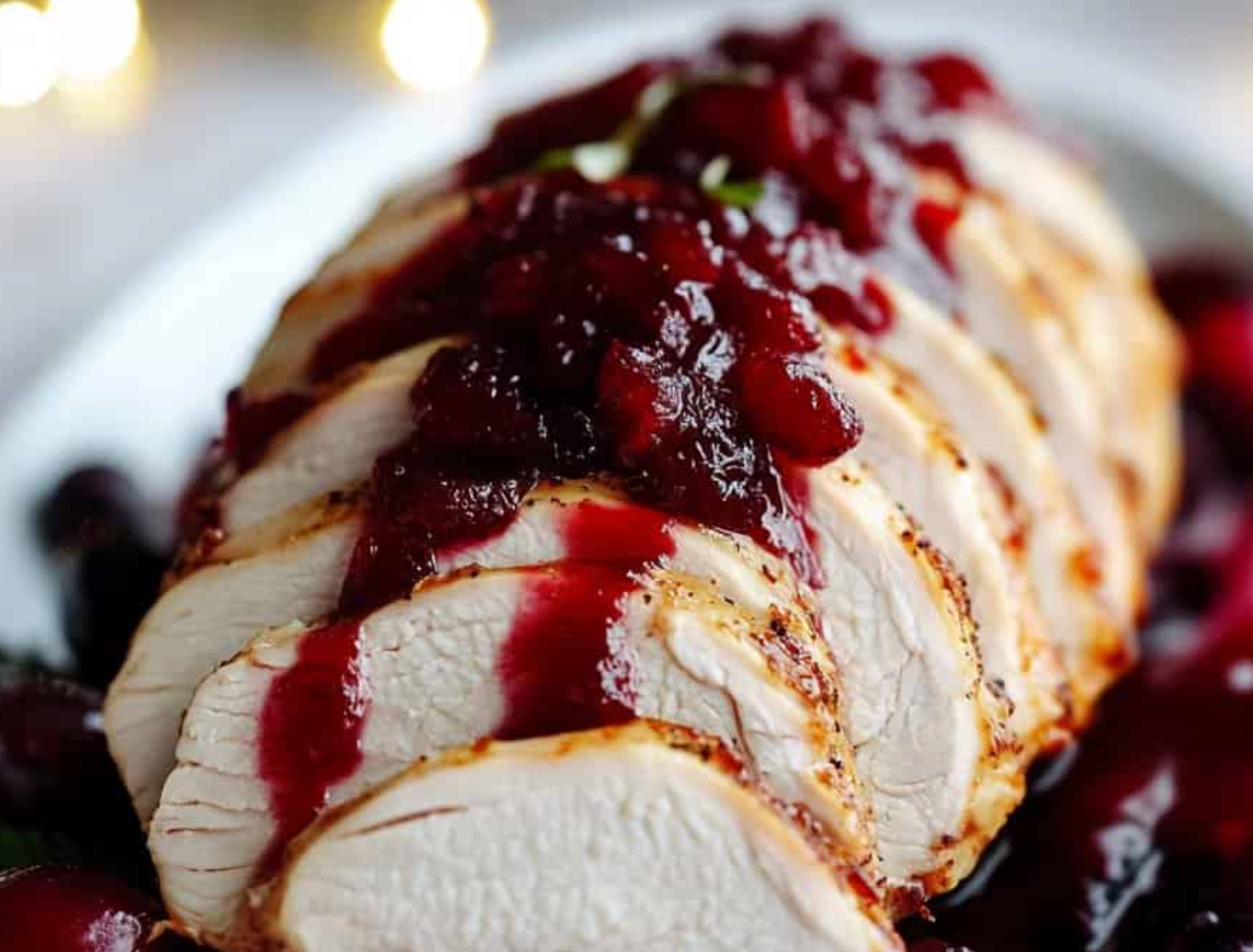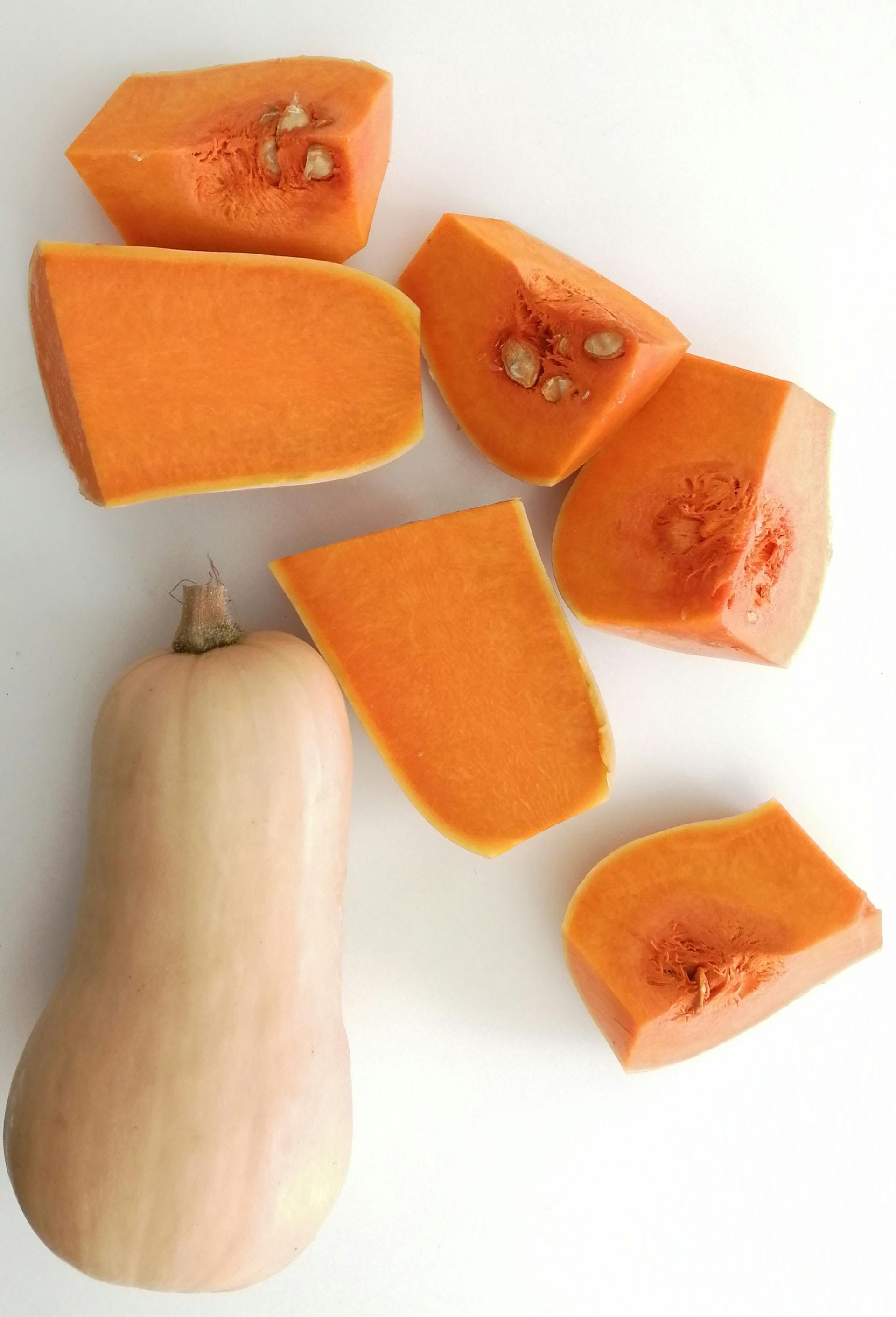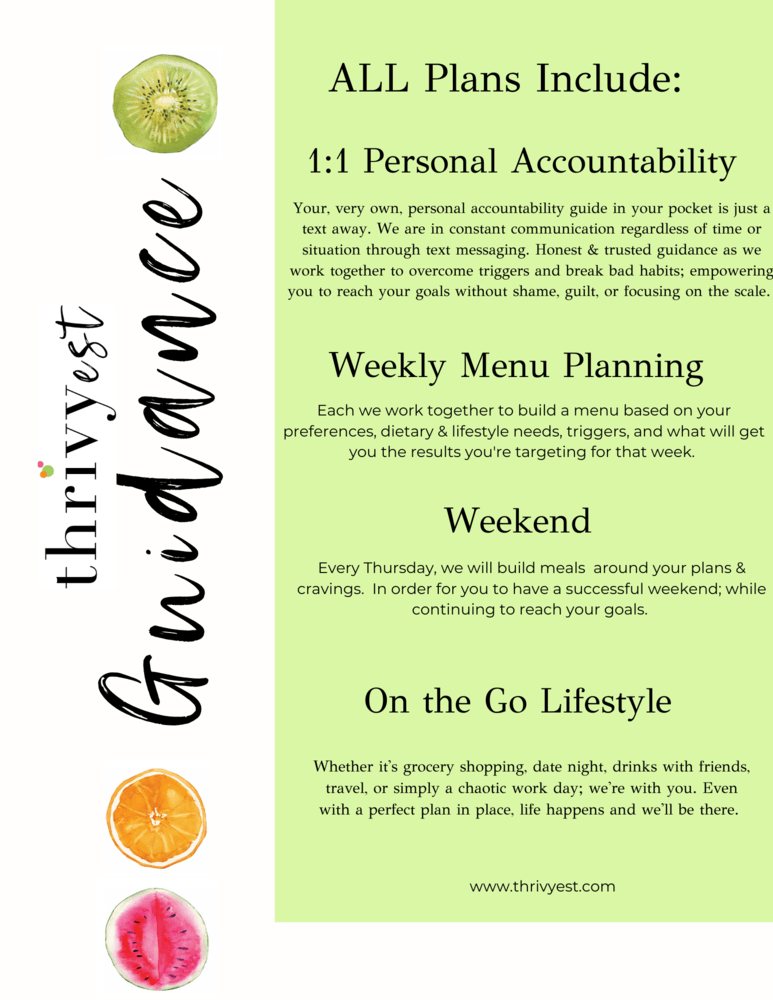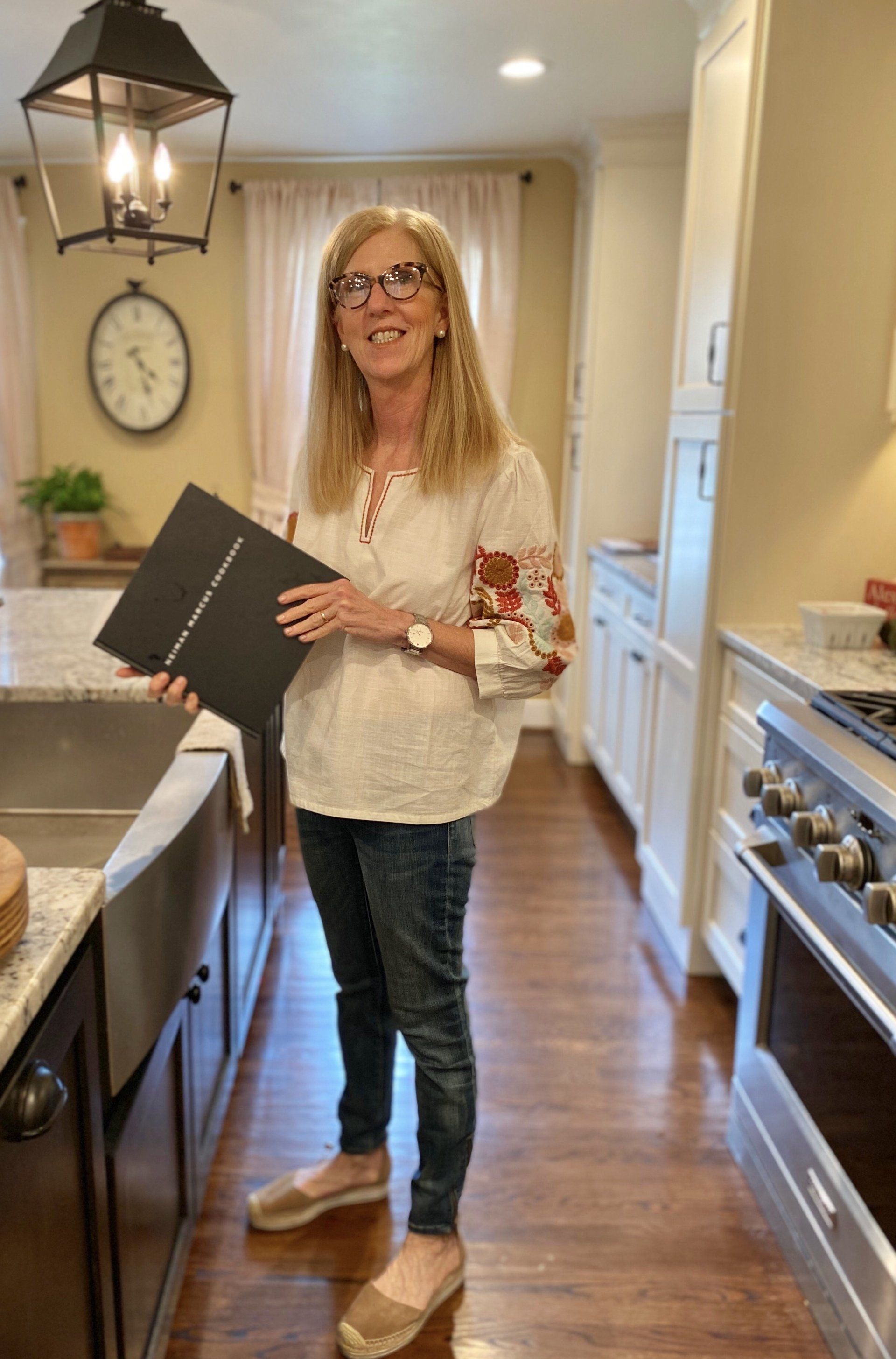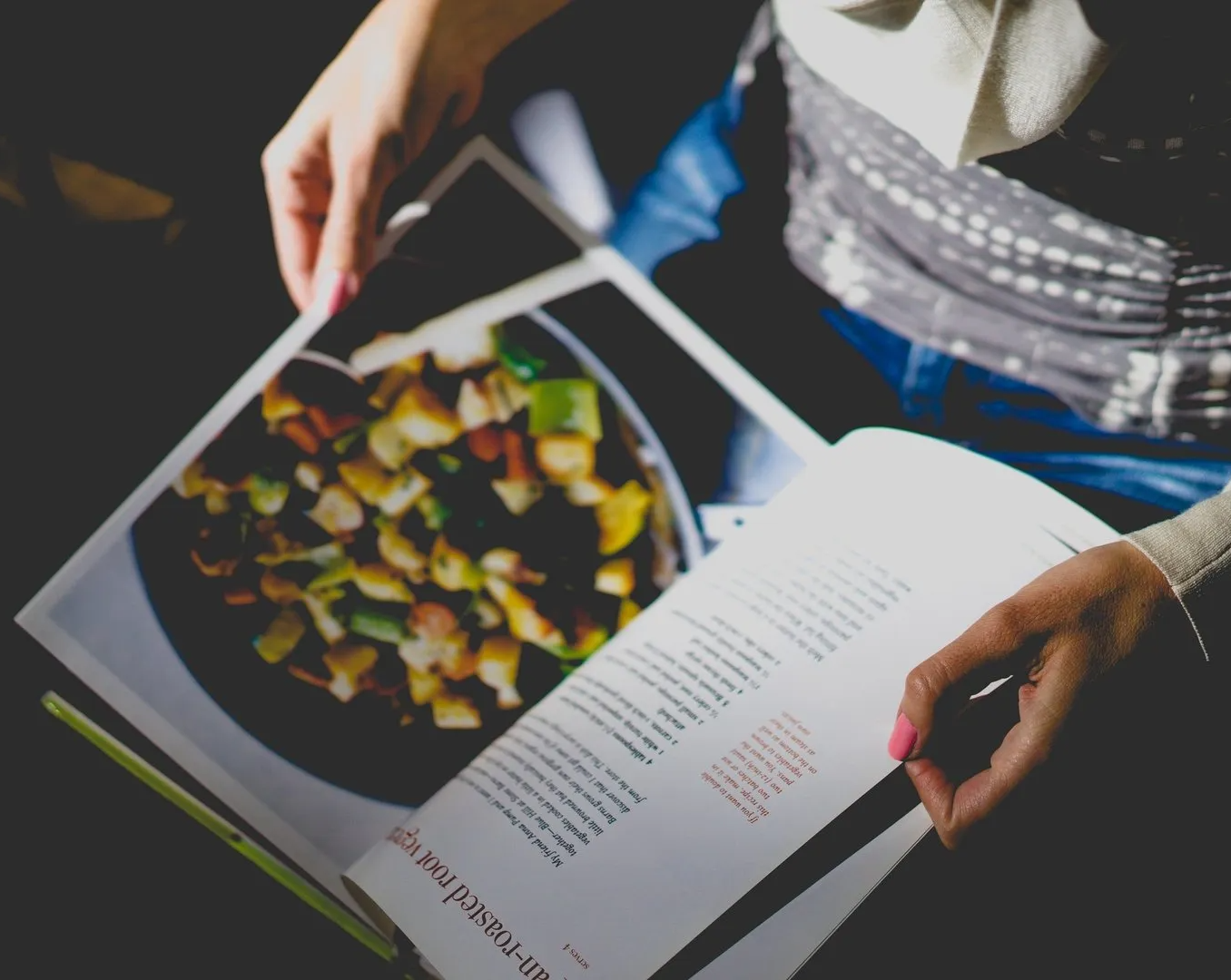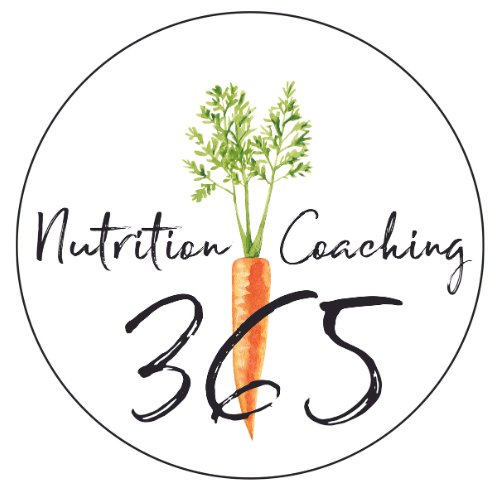Nutrition Mistakes Sabotaging Weight Loss
Avoid These Diet Mistakes
Do you feel like you’re putting in maximum effort towards weight loss but still not seeing the desired results? It’s possible that your nutrition habits are holding you back. Let’s explore some common nutrition mistakes that could be preventing you from achieving your weight loss goals and how to fix them.
1. The Weekday Dieter Trap
Being overly restrictive from Monday to Friday and then indulging excessively on the weekends can sabotage your progress. Instead, aim to maintain a balanced calorie intake throughout the week. For example, if you normally consume 1200 calories on weekdays and binge on 3000 calories each day over the weekend, try adjusting to 1400-1600 calories daily to keep your diet consistent.
2. Overeating Healthy Foods
While nutrient-dense foods like salmon, eggs, olive oil, avocado, nuts, and seeds are healthy, they are also calorie-dense. For instance, a handful of nuts (about 1 ounce) can contain over 150 calories. It’s important to watch portion sizes, even with healthy foods, to avoid consuming too many calories overall. Measure portions (I suggest accurately weighing on a food scale)and track your intake to stay within your calorie goals.
3. Dining Out Too Often
Eating out frequently can derail your weight loss efforts. Restaurant meals contain extra salt, oils, butter, and large portion sizes, which can significantly increase your calorie intake. For example, a seemingly healthy salad at a restaurant can contain over 1000 calories due to dressings and toppings. To stay on track, limit dining out and opt for home-cooked meals where you can control the ingredients and portions.
4. Letting One Slip-Up Spiral into Many
Perfection isn’t the goal; consistency is. Accept that slip-ups happen. For instance, if you indulge in a high-calorie dessert one night, don’t let it turn into a week-long binge. The key is to recover quickly and not let one indulgence turn into a prolonged setback. Get back to your regular eating routine immediately after a slip-up to maintain progress.
5. Not Planning Your Meals
Failing to plan is planning to fail. Without a meal plan, you’re more likely to grab whatever is convenient, which often leads to poor food choices. Take some time to plan your meals and snacks for the week. For example, prep your meals on Sundays, so you have healthy options ready to go. This simple step can help you make healthier choices and stay within your calorie goals.
Conclusion
By avoiding these common nutrition mistakes, you can optimize your weight loss efforts and achieve your goals more effectively.
Which of these mistakes do you need to work on?
YOU ARE CAPABLE OF LIVING YOUR HEALTHIEST & HAPPIEST LIFE.
If you’re looking to create healthy habits to gain more energy, improve your sleep + shed a few pounds, you’ve landed in the right place.
Recent Posts
Meet Emily
I love encouraging + inspiring others to reach their healthiest lives through food, fitness + gratitude. As a holistic nutritionist + the founder of Thrivyest, I am passionate about creating habits to help you to live longer + thrive. To thrive in body, mind + soul through personalized, simple + practical steps ensuring you gain more energy, clarity + confidence! Let's connect!
